Nick Brandt
T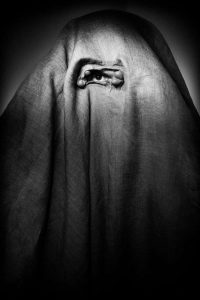 he themes in Nick Brandt’s photographic series always relate to the destructive impact that humankind is having on both the natural world and now humans themselves too.
he themes in Nick Brandt’s photographic series always relate to the destructive impact that humankind is having on both the natural world and now humans themselves too.
In the East African trilogy, On This Earth, A Shadow Falls Across The Ravaged Land (2001-2012), Brandt established a style of portrait photography of animals in the wild similar to that of the photography of humans in studio setting, shot on medium format film, attempting to portray animals as sentient creatures not so different from us.
In Inherit the Dust (2016), Brandt photographed in places in East Africa where the animals used to roam. In each location, life size panels of unreleased animal portrait photographs were erected, setting the panels within a world of explosive human development. It is not just the animals who are the victims in this out of control world, but also the humans.
Photographing in color for the first time, This Empty World (2019) addresses the escalating destruction of the East African natural world at the hands of humans, showing a world where, overwhelmed by runaway development, there is no longer space for animals to survive. The people in the photos are also often helplessly swept along by the relentless tide of ‘progress’. Each image is a combination of two moments in time shot from the exact same camera position, once with wild animals that ente frame, after which a set is built and a cast of people drawn from local communities.
The Day May Break (2021-2023)is an ongoing global series portraying people and animals that have been impacted by environmental degradation and destruction.
Chapter One was photographed in Zimbabwe and Kenya in 2020, Chapter Two in Bolivia in 2022.
Chapter Three was photographed in Fiji in 2023 and will be released in September of this year.
In Chapters One and Two, the people in the photos have all been badly affected by climate change, from extreme droughts to floods that destroyed their homes and livelihoods. The photographs were taken at several sanctuaries and conservancies.
The animals are almost all long-term rescues, victims of everything from habitat destruction to wildlife trafficking.
These animals can never be released back into the wild. As a result, they are almost all habituated to humans, and so it was safe for human strangers to be close to them, photographed in the same frame at the same time.
Brandt has had solo gallery and museum shows around the world, including New York, London, Berlin, Stockholm, Paris and Los Angeles.
All the series are published in book form.
Born and raised in London, where he originally studied Painting and Film, Brandt now lives in the southern Californian mountains.
In 2010, Brandt co-founded Big Life Foundation, a non-profit in Kenya/ Tanzania that employ more than 300 local rangers protecting 1.6 million acres of the Amboseli/Kilimanjaro ecosystem.
Showing 1–18 of 29 results
-
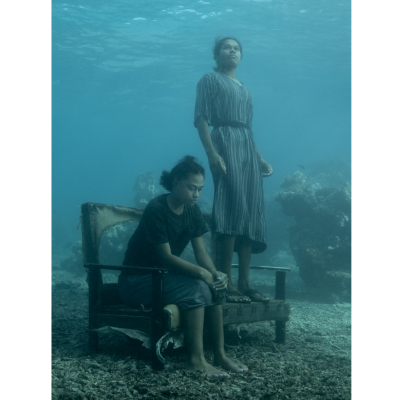
Akessa and Maria on Sofa
7.800,00 € Nick Brandt Add to cart -
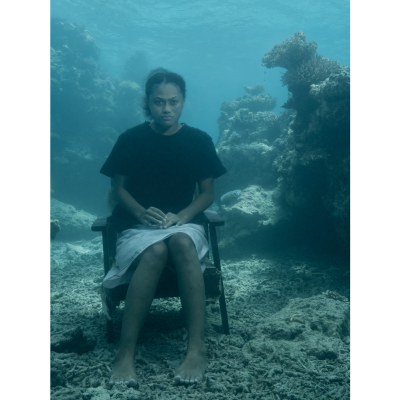
Akessa in Chair
7.800,00 € Nick Brandt Add to cart -
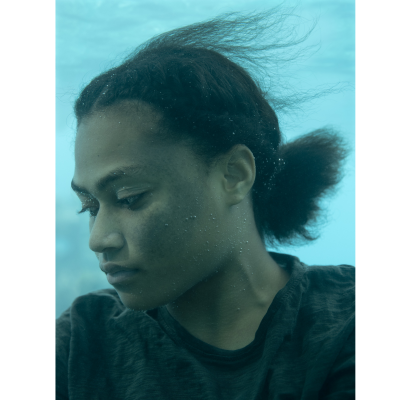
Akessa Looking Down I
4.500,00 € Nick Brandt Add to cart -
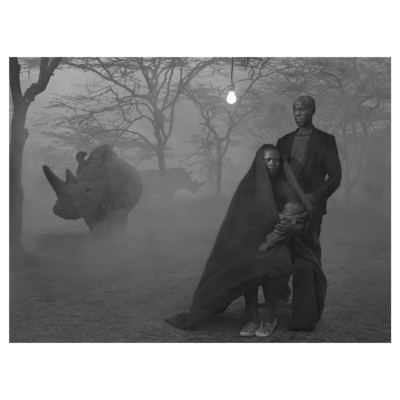
ALICE, STANLEY Y NAJIN, KENIA
11.500,00 € Nick Brandt Add to cart -
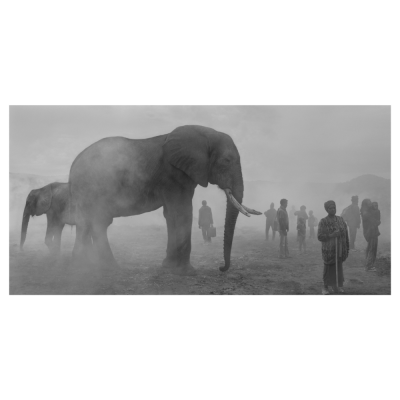
BUPA AND PEOPLE IN FOG, KENYA
4.500,00 € Nick Brandt Add to cart -
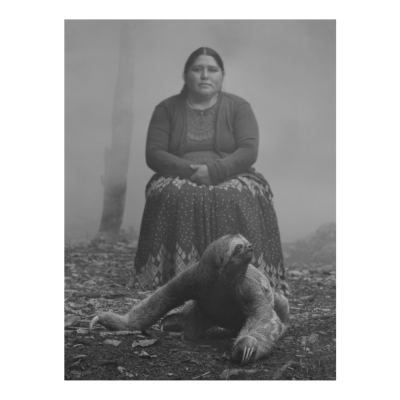
CARMEN AND ZOSA
7.800,00 € Nick Brandt Add to cart -
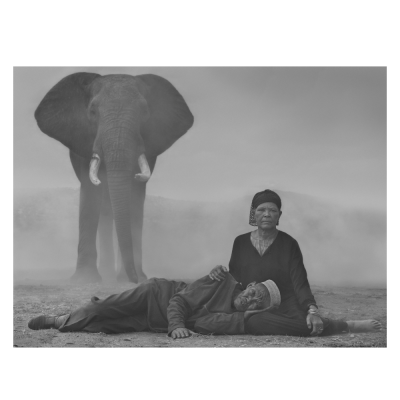
FATUMA, ALI Y BUPA, KENIA
11.500,00 € Nick Brandt Add to cart -
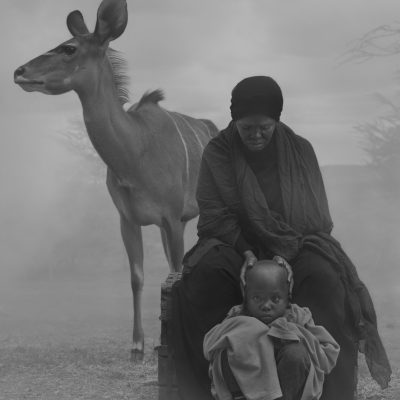
Halima, Abdul and Frida, Kenya
7.800,00 € Nick Brandt Add to cart -
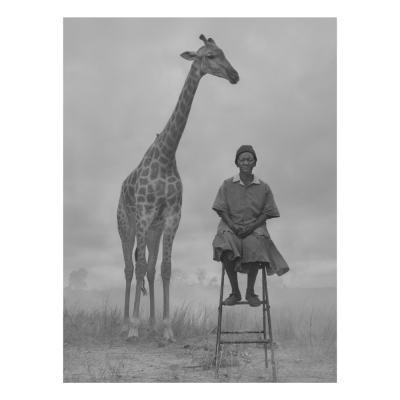
HELEN AND SKY, ZIMBABWE
11.500,00 € Nick Brandt Read more -
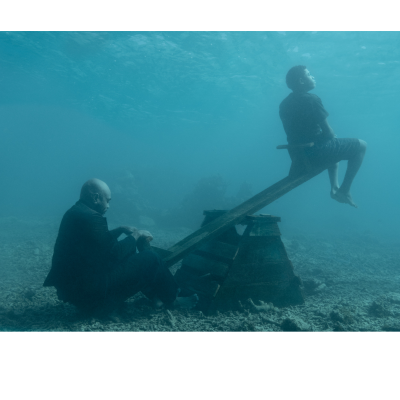
Joel and Petero on Seesaw
7.800,00 € Nick Brandt Add to cart -
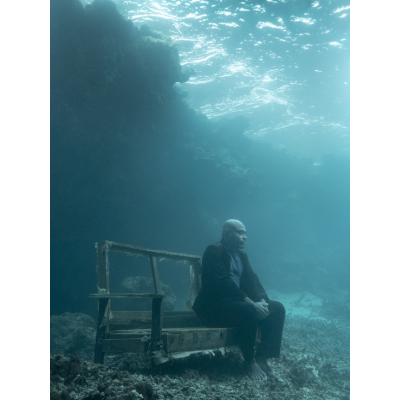
Joel by Cliff
7.800,00 € Nick Brandt Add to cart -
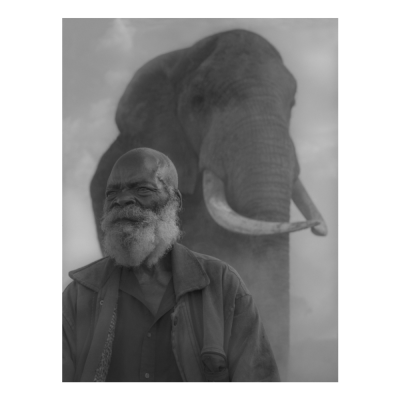
JOHN AND MAK, KENIA
4.500,00 € Nick Brandt Add to cart -
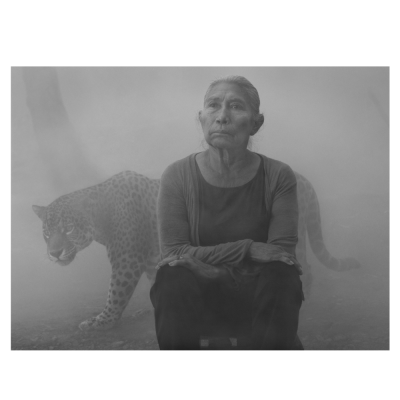
JUANA AND HERNAK, BOLIVIA
4.500,00 € Nick Brandt Add to cart -
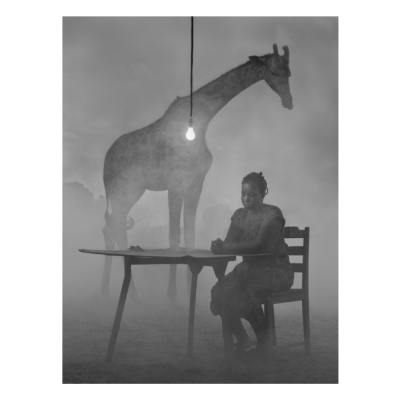
KUDA AND SKY I, ZIMBABWE
7.800,00 € Nick Brandt Add to cart -
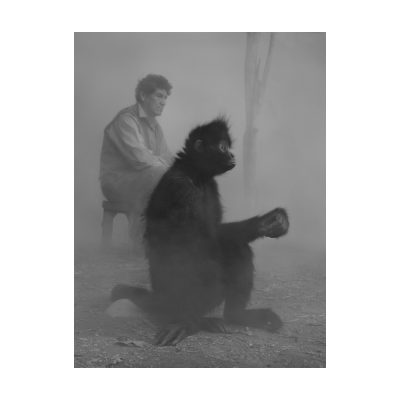
LUCIO AND CHASCAS, BOLIVIA
7.800,00 € Nick Brandt Add to cart -
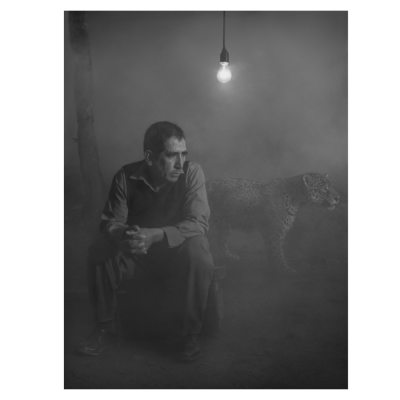
LUIS AND HERNAK, BOLIVIA
7.800,00 € Nick Brandt Add to cart -
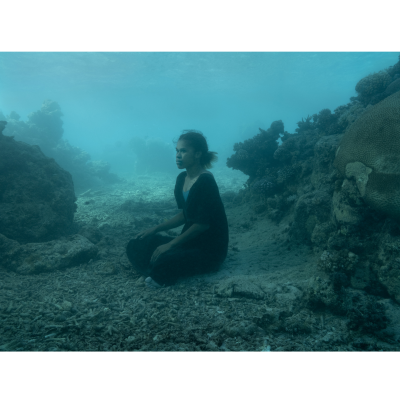
Maria by Reef
4.500,00 € Nick Brandt Add to cart -

MARISOL AND LUKA, BOLIVIA
4.500,00 € Nick Brandt Add to cart

